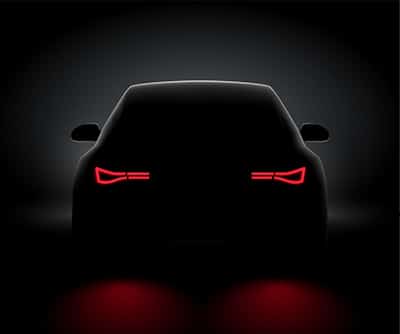Quiz: Use of turn signals and brake lights
So you’ve passed the Ontario G1 written test, but now you must be wondering, “Will I pass the G1 driving test?” “Is it difficult?”. The truth is; you should not be worried because you can easily pass the test with enough preparation.
ADVERTISEMENT
Correct!
Wrong!
Correct!
Wrong!
Correct!
Wrong!
Correct!
Wrong!
Share the quiz to show your results !
Subscribe to see your results
I got %%score%% of %%total%% right
More Learning Options:
Loading…
ADVERTISEMENT
How Brake Lights and Turn Signals Help Prevent Car Accidents
As a novice driver, it’s pretty challenging to know your way around road signs and signals. However, the glad tiding is that you can master the roads in no time with persistent practice. Getting behind the wheels comes with the utmost responsibility to keep yourself and other road users safe. So, it’s good to play by the road rules. There are numerous intricate and perhaps, seemingly unfathomable road safety rules you’re about to put into practice. Among them, turn signals and brake lights play a critical role in keeping road users safe, and here’s how.
Brake Lights
 Brake lights are universally red and always switch on momentarily as you press against the brake pedals. These lights must be visible against the light of day and should be bright enough for other drivers to see clearly. Once they turn on, approaching the driver from your rear should slow down intuitively to prevent a possible rear-end collision.
Brake lights are universally red and always switch on momentarily as you press against the brake pedals. These lights must be visible against the light of day and should be bright enough for other drivers to see clearly. Once they turn on, approaching the driver from your rear should slow down intuitively to prevent a possible rear-end collision.
Turn Signals
Turn signals also communicate to other drivers approaching from either side of the road that you’re about to venture a turn. Most vehicles have these lights at the rear and headlights’ end corners, valid for most small cars. The lights can be anywhere towards the top corners for trucks and transit trailers. Nonetheless, these lights usually indicate the direction of turns a vehicle is about to take on corners and rotaries to avoid confusions that lead to collisions.
Besides, turn signals indicate a change of lanes on one traffic highway to alert drivers behind and avoid collisions. These lights usually blink periodically to grasp attention quickly, not leaving other drivers in doubt. The direction a driver is about to take corresponds with the turn signal they make before making a move. Even so, some drivers may prefer using hand signals to indicate the purposed movement direction.
Can you use hand turn signals when driving?
Hand turn signals are also viable for use, and most drivers use them when the lights fail. That may happen as an inconvenience to compensate for dysfunctional lights or on consent when a driver finds them entirely useful. However, it’s recommended that you use them minimally and resort to your light turn signals if they’re fully functional.
Usually, it would be best to make the correct hand gestures not to mislead other road users. Therefore, novices who’re new behind the wheel should stick to light turn signals. Technically, raising your arm and bending your elbow as it rests on the vehicle window indicates the motive to turn right. Conversely, stretching your arm right out of the window will tell other road users that you’re about to turn left. Also, letting your arms fall as you bend your elbows with the palm facing drivers on your rear indicates a stop.
Conclusion
Getting behind the wheels isn’t child’s play, especially if you’re not well familiar with observing road rules. That can be pretty challenging for novices as they wrap their heads around getting keener with traffic rules. Among the essential signals, light signals can save the day on the road by preventing potential accidents, and break and turn signals are pretty proficient with that.
